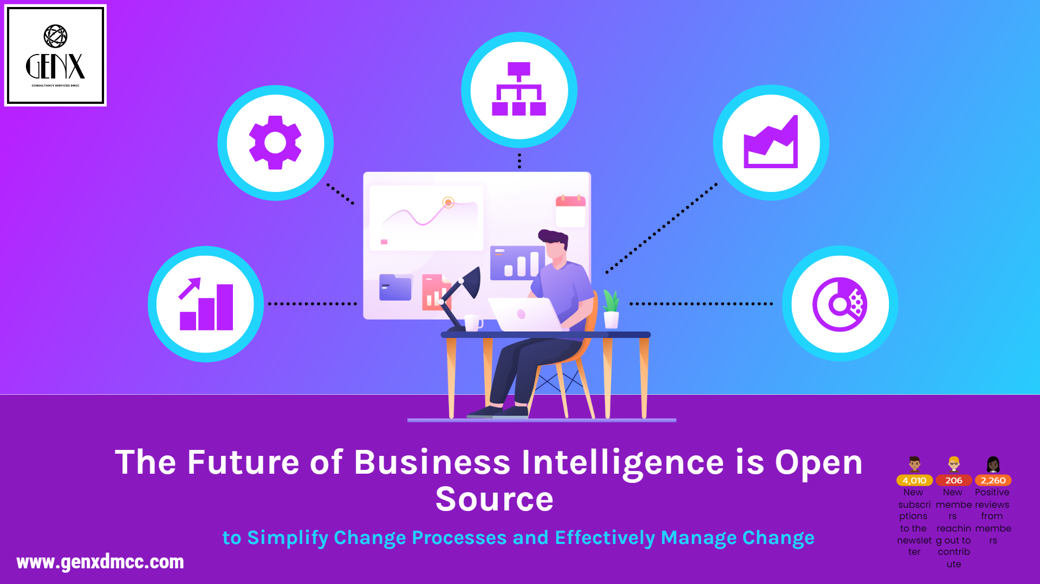
The Future of Business Intelligence is Open Source

Business Intelligence (BI) , the process of collecting, analyzing, and presenting business data to support decision-making. It involves the use of software tools, applications, and technologies to transform raw data into actionable insights that can help businesses improve their operations, increase efficiency, and gain a competitive advantage.
BI is a critical component of modern business operations, enabling organizations to gain deeper insights into their operations and make more informed decisions based on data-driven insights.
BI solutions can help organizations to:
- Identify and analyze key performance indicators (KPIs) to monitor business performance and track progress towards goals.
- Identify trends and patterns in customer behavior, market conditions, and industry trends.
- Make data-driven decisions based on real-time insights, rather than relying on intuition or guesswork.
- Monitor and manage supply chain and inventory levels to ensure smooth operations and avoid stock-outs.
- Forecast demand and predict future business outcomes using predictive analytics.
- Identify new revenue opportunities and potential areas for cost savings.
The use of open-source technologies in business intelligence is gaining popularity and is expected to shape the future of BI. Open-source BI tools offer numerous benefits, including cost savings, flexibility, and access to a vast community of developers.
Benefits of Open Source
- the power to customize, extend and integrate
- the power of the community
- avoid vendor lock-in
Here are some reasons why the future of BI is open source:
- Cost Savings: Open-source BI tools are generally free or come at a lower cost than proprietary solutions. This means that organizations can save significant amounts of money on licensing fees and other costs associated with proprietary software.
- Flexibility: Open-source BI tools are highly customizable, allowing organizations to tailor them to their specific needs. This level of flexibility is not possible with proprietary software, which may have limited customization options.
- Community Support: Open-source BI tools have a large community of developers who contribute to their development and support. This community provides access to a wealth of knowledge and expertise, making it easier for organizations to get help with their BI projects.
- Innovation: Open-source BI tools are constantly evolving, with new features and capabilities being added regularly. This ensures that organizations have access to the latest BI technologies and can stay ahead of the curve.
Some popular open-source BI tools include:
- Apache Superset: An open-source data visualization and exploration platform that allows users to create interactive dashboards and reports.
- Metabase: A simple and easy-to-use open-source BI tool that enables users to create charts, graphs, and reports.
- Pentaho: An open-source platform that offers a full suite of BI tools, including reporting, data integration, and analytics.
- Jaspersoft: An open-source BI tool that provides reporting and analytics capabilities.
Clearly open source is extremely disruptive as it provides freedom and a set of guaranties that really matter when it comes to adopting software. Even more clearly, these guaranties fully apply when it comes to business intelligence.
The future of BI is open source, with organizations increasingly adopting open-source BI tools to gain cost savings, flexibility, and access to a vast community of developers.